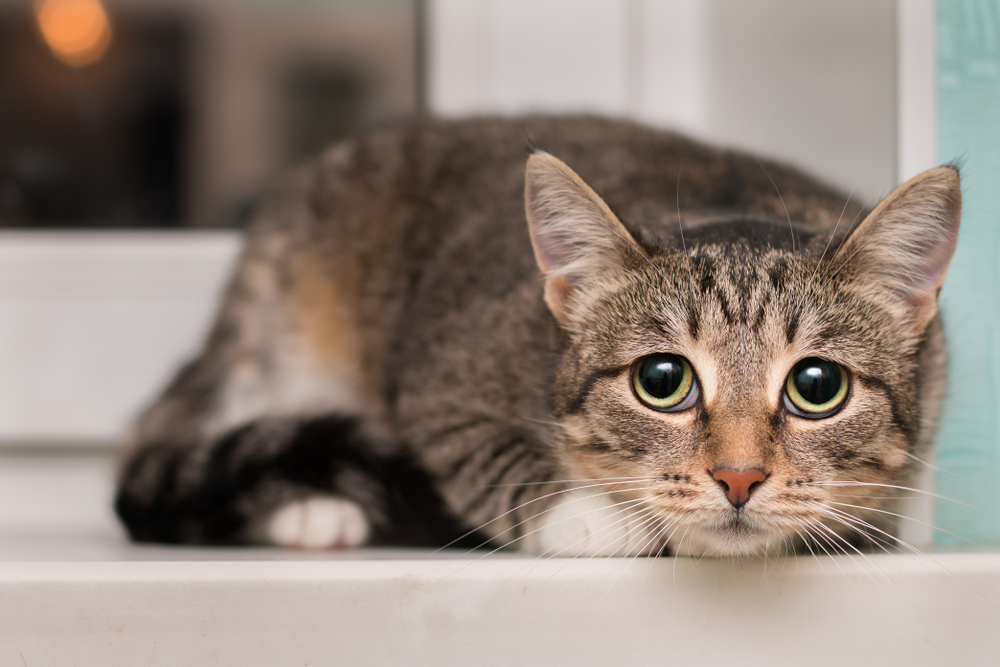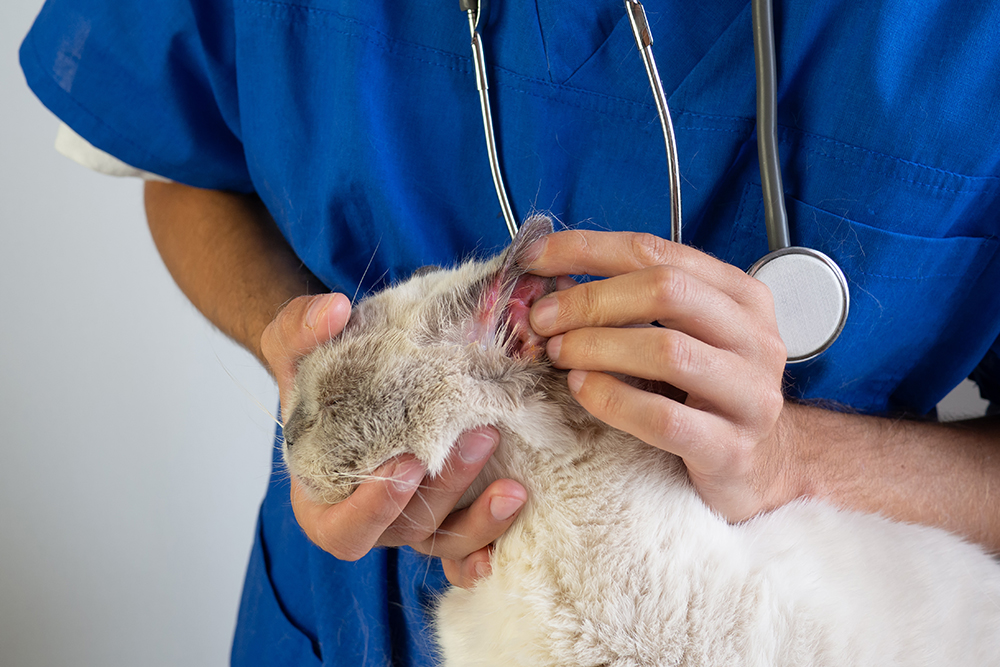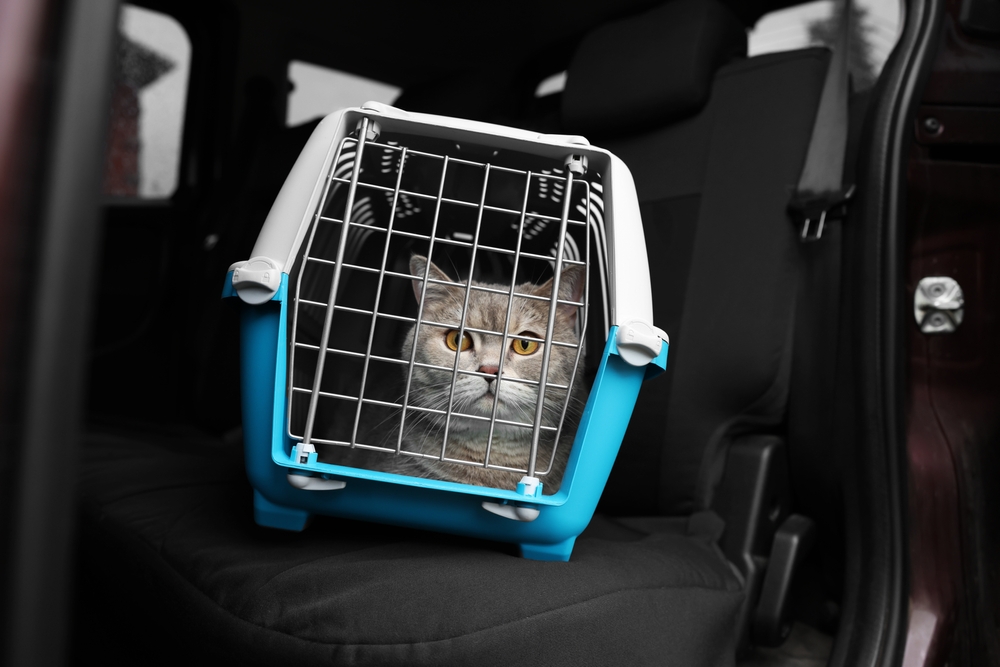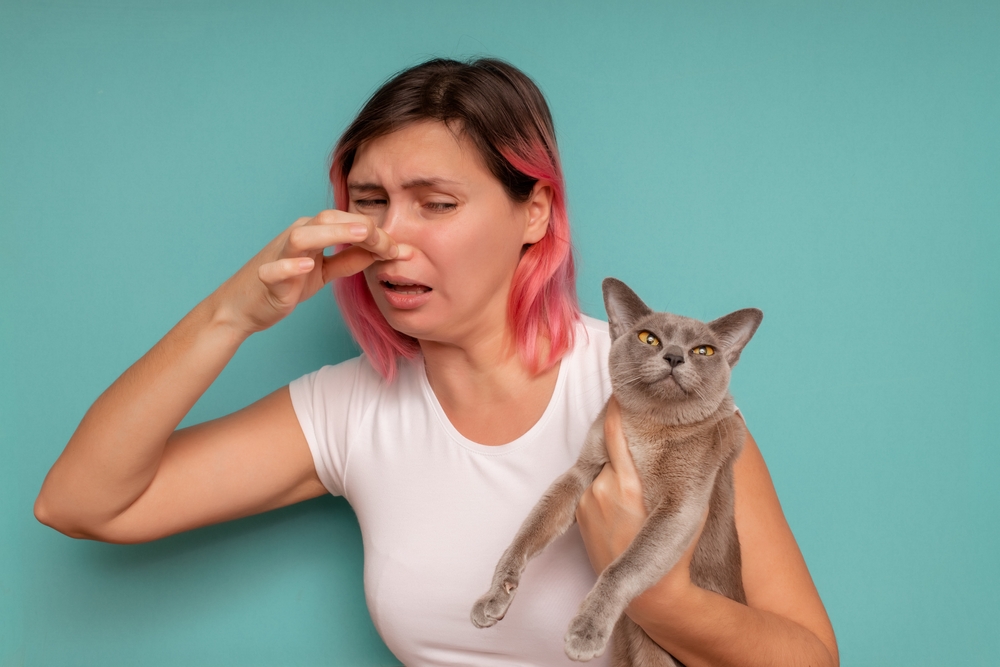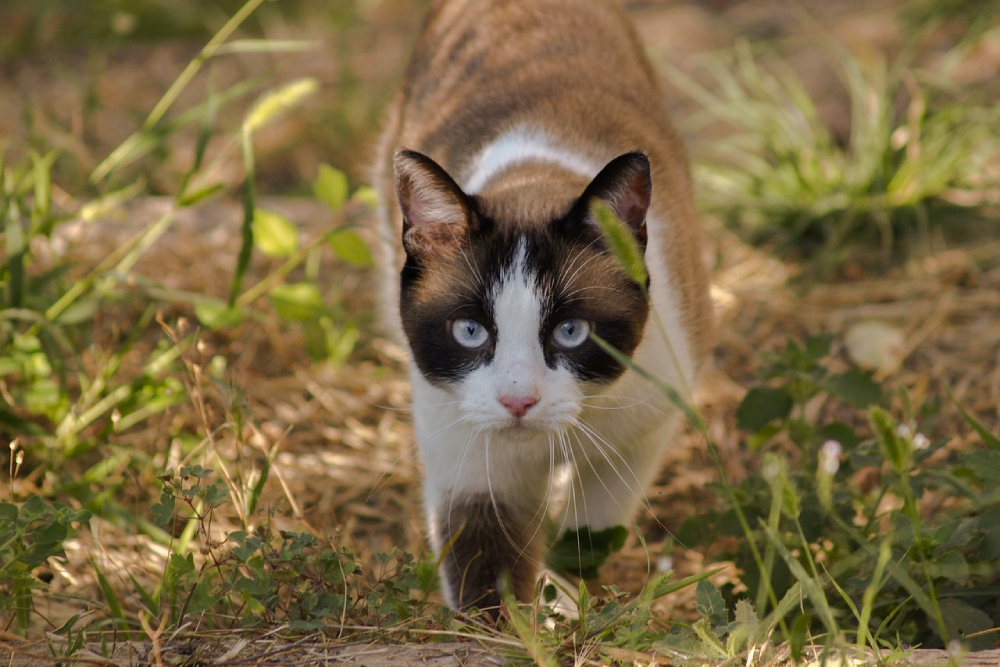[ad_1]
Whereas the jitterbug may have been a most well-liked swing dance amongst folks, it’s essential to don’t forget that cats don’t normally jitter, the dance or in another case (to a positive extent—cats can shiver in the event that they’re frightened or chilly). So, while you uncover that your cat is trembling, jerking, shaking with every movement, or having difficulty sustaining their steadiness, it is time for a check-up collectively together with your veterinarian.


What Are Tremors in Cats?
Tremors in cats are sometimes involuntary and rhythmic muscle contractions that lead to shaking or trembling in a number of areas of a cat’s physique. The depth of the tremors can differ from refined, optimistic tremors to further pronounced shaking, which might impression a cat’s mobility and steadiness. The frequency and size of tremors could differ. If episodes worsen over time, there is also an underlying medical drawback that necessitates veterinary consideration.
💛 😺 Converse To a Vet On-line From the Comfort of Your Couch!
If it is important to converse with a vet nonetheless can’t get to 1, head over to PangoVet. It’s a web-based service the place you can focus on to a vet on-line and get the personalised advice you need in your pet — all at an moderately priced worth!
What Are the Indicators of Tremors in Cats?
Cats can experience tremors in a number of strategies, along with ones that impact their limbs, paws, head, or entire physique. Tremors may occur intermittently or persist for longer durations of time, and their depth can differ. They may manifest as involuntary shaking, trembling, quivering, shivering, vibrating, wobbling, or head bobbing. Felines experiencing tremors might also exhibit an absence of coordination, hassle balancing, or struggling to walk or run. Completely different indicators to watch out for embody modifications in vocalization, elevated agitation, and irregular or unusual habits.

What Are the Causes of Tremors in Cats?
Tremors in cats could possibly be the outcomes of quite a few parts, along with neurological issues, harm, an an infection, metabolic factors, stress, and publicity to toxins like positive vegetation, chemical compounds, or medicines.
Infectious illnesses or systemic infections, just like feline infectious peritonitis, can impact the nervous system, leading to tremors. Neurological harm from bodily trauma or harm, just like a fall or blow to the highest, could harm the nervous system and lead to tremors. Kittens could possibly be born with congenital factors like cerebellar hypoplasia, which impacts their charge, range, and rhythm of motion.
A regular metabolic drawback in cats that will set off tremors is hyperthyroidism. This example entails the overproduction of thyroid hormones, which can set off trembling. Conditions like epilepsy could set off seizure train that appears as tremors. Low blood sugar, or hypoglycemia, can result in tremors, as a result of the cat’s physique is working onerous to care for sufficient vitality ranges.
Together with metabolic factors, completely different causes of tremors in cats embody excitability and anxiousness. Stress can set off anxiousness, which might manifest as shaking. It’s moreover worth noting that some cats may start trembling even whereas at rest.

How Are Tremors Recognized in Cats?
Whenever you observe your cat trembling or shaking in an unusual methodology, search evaluation and care from knowledgeable veterinarian. They’re going to go over your pet’s medical historic previous, which might embody the onset, frequency, and size of the tremors, any present modifications to the cat’s environment or meals routine, and any earlier properly being factors. The vet could even conduct an intensive bodily examination to judge your cat’s state of affairs, along with a neurological examination to gauge carry out.
They may advocate diagnostic procedures, just like blood assessments to seek for metabolic issues, infections, or toxin publicity, and imaging analysis, just like X-rays or ultrasound, to seek for any abnormalities and to help formulate an right prognosis. In some circumstances, it could possibly be compulsory for the veterinarian to collect a sample of cerebrospinal fluid or have your cat bear an MRI to help in determining the rationale for the tremors.

How Do I Take care of a Cat With Tremors?
Regardless of the prognosis, you’ll must intently adjust to the veterinarian’s ideas and treatment plan. This will sometimes include giving medicines, making dietary modifications, or attempting completely different therapies to help cease or reduce tremors in your cat. You will need to attend follow-up appointments to look at your pet’s progress. Defending an in depth doc at home of the frequency and size of the tremors and any triggers that you’ve observed would possibly assist your veterinarian assess the effectiveness of the treatment.
Create a safe and comfy home at home by eradicating hazards like sharp objects, blocking fall hazards like stairs, and stopping entry to swimming swimming pools. Ensure that your cat has straightforward accessibility to meals and water. Mushy bedding or padding would possibly assist ease any falls due to unsteadiness.
To help your cat hold relaxed, create a peaceful and protected home for them. Using pheromone diffusers and gently participating in classical music could possibly be environment friendly in soothing nervous or anxious felines. Providing toys and guaranteeing that there are enough hiding spots in your cat would possibly assist reduce their stress. Partaking your pet in frequent practice intervals could promote bodily train and psychological stimulation.

 Incessantly Requested Questions (FAQ)
Incessantly Requested Questions (FAQ)
Are Positive Breeds of Cats Additional Liable to Tremors?
Positive, genetic parts may play a process inside the enchancment of tremors. Breeds identical to the Abyssinian, Siamese, Persian, and Burmese have a better predilection to neurological issues and tremors like feline hyperesthesia syndrome (twitchy cat syndrome).

Can My Cat’s Tremors Be Important?
Positive, counting on numerous parts. Tremors occurring along with completely different indicators, just like confusion, disorientation, lethargy, lack of urge for meals, or difficulty strolling, need instant veterinary consideration.

 Conclusion
Conclusion
Tremors are involuntary and rhythmic muscle contractions that will appear as shaking, trembling, jerking, or wobbling. They’re typically attributable to neurological issues, dysfunction, harm or harm, metabolic issues, or toxin publicity. It is endorsed to hunt instant veterinary consideration for a prognosis. The earlier a tremor is detected and dealt with, the upper prime quality of life your cat may have.
Featured Image Credit score rating: Elena Rozhenok, Shutterstock
[ad_2]





